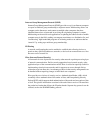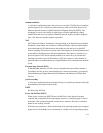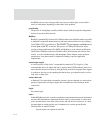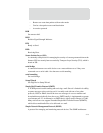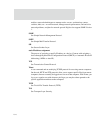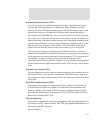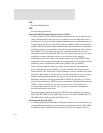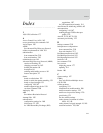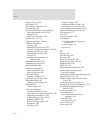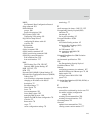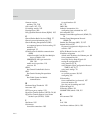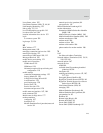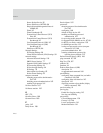
239
sometimes referred to as UDP/IP. Like the Transmission Control Protocol, UDP uses
the Internet Protocol to actually get a data unit (called a datagram) from one computer
to another. Unlike TCP, however, UDP does not provide the service of dividing a
message into packets (datagrams) and reassembling it at the other end. Specifically,
UDP does not provide sequencing of the packets in which the data arrives, nor does it
guarantee delivery of data. This means that the application program that uses UDP must
be able to make sure that the entire message has arrived and is in the right order.
Network applications that want to save processing time because they have very small
data units to exchange (and therefore very little message reassembling to do) may prefer
UDP to TCP. The Trivial File Transfer Protocol (TFTP) uses UDP instead of TCP.
UDP provides two services not provided by the IP layer. It provides port numbers to
help distinguish different user requests and, optionally, a checksum capability to verify
that the data arrived intact.
In the Open Systems Interconnection (OSI) communication model, UDP, like TCP, is
in layer 4, the Transport Layer.
web interface
The web-based interface for configuring, monitoring, and administering Digi devices.
ZigBee
A specification for wireless personal area networks (WPANs) operating at 868 MHz,
902-928 MHz, and 2.4 GHz. A WPAN is a personal area network (a network for
interconnecting an individual's devices) in which the device connections are wireless.
Using ZigBee, devices in a WPAN can communicate at speeds of up to 250 Kbps while
physically separated by distances of up to 50 meters in typical circumstances and
greater distances in an ideal environment. ZigBee is based on the 802.15 specification
approved by the Institute of Electrical and Electronics Engineers Standards Association
(IEEE-SA).
ZigBee provides for high data throughput in applications where the duty cycle is low.
This makes ZigBee ideal for home, business, and industrial automation where control
devices and sensors are commonly used. Such devices operate at low power levels, and
this, in conjunction with their low duty cycle (typically 0.1 percent or less), translates
into long battery life. Applications well suited to ZigBee include heating, ventilation,
and air conditioning (HVAC), lighting systems, intrusion detection, fire sensing, and
the detection and notification of unusual occurrences. ZigBee is compatible with most
topologies including peer-to-peer, star network, and mesh networks, and can handle up



